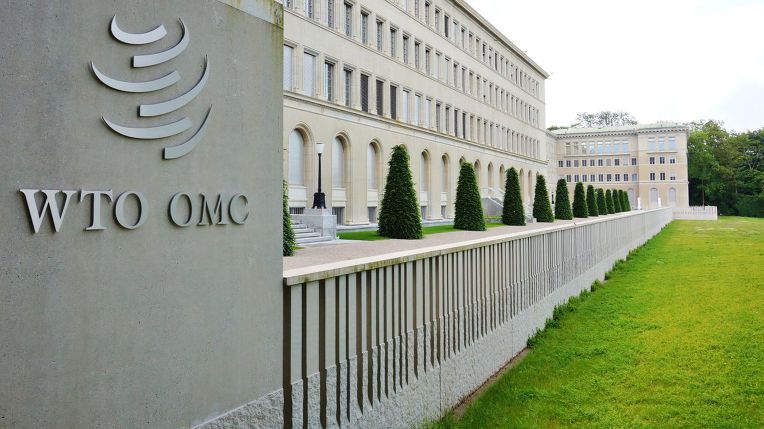The year 2021 marks two important milestones for government procurement agreements in the international arena. One is the 40th anniversary of the implementation - in 1981 - of the first international procurement agreement: the GATT Code on Government Procurement (1979 Code). The second is the 25th anniversary of the entry into force of the WTO Government Procurement Agreement (GPA). Both are plurilateral agreements that only apply to the parties that have signed on to them. This post looks at three measures of the success of these agreements: growth in membership, scope of covered procurement, and development of the GPA text as an international model.
Membership: Membership in the GPA has grown significantly, doubling over the past 25 years. It began with 23 parties under the 1979 Code and added 25 WTO members over the following 25 years to reach its current roster of 48 members. Three sources accounted for that growth. Enlargement of the European Union was the most significant source as it brought 13 new member states into the GPA. The second source was accessions by seven former GATT contracting parties. Finally - but perhaps most important for the future - were accessions by five WTO members who fulfilled commitments to seek GPA membership when they joined the WTO.
Currently, seven WTO members are engaged actively in negotiations to accede to the GPA: Brazil, China, Kazakhstan, Kyrgyz Republic, North Macedonia, Russian Federation, and Tajikistan. All (except Brazil) made a commitment to pursue GPA membership when they became WTO members. (Brazil was an original GATT contracting party.)
Value and Scope of Covered Procurement: Over the past 40 years, the value of procurement covered by the plurilateral agreements substantially increased. Beginning with coverage of $33 billion of procurement by the parties to the 1979 Code, the value of covered procurement increased 10-fold to $350 billion when the GPA was established. It took another leap forward when the GPA was revised in 2012 to $1.7 trillion.
In a related measure, coverage under the plurilateral procurement agreements has expanded from procurement of goods by central government entities under the 1979 Code to include coverage of services, construction services, sub-central entities, and other entities. Also, in GPA 2012, parties began to cover public-private-partnerships.
GPA as Model: The GPA serves as a model for bilateral and regional trade agreements throughout the world. Its text has been incorporated in a wide range of agreements. They include U.S. free trade agreements (FTAs), EU FTAs, the 11-member Comprehensive and Progressive Trans-Pacific Partnership (CPTPP), and non-GPA party agreements.
The WTO has dedicated a webpage to celebration of the anniversaries of the plurilateral agreements
Jean Heilman Grier
December 7, 2021
Related Posts


